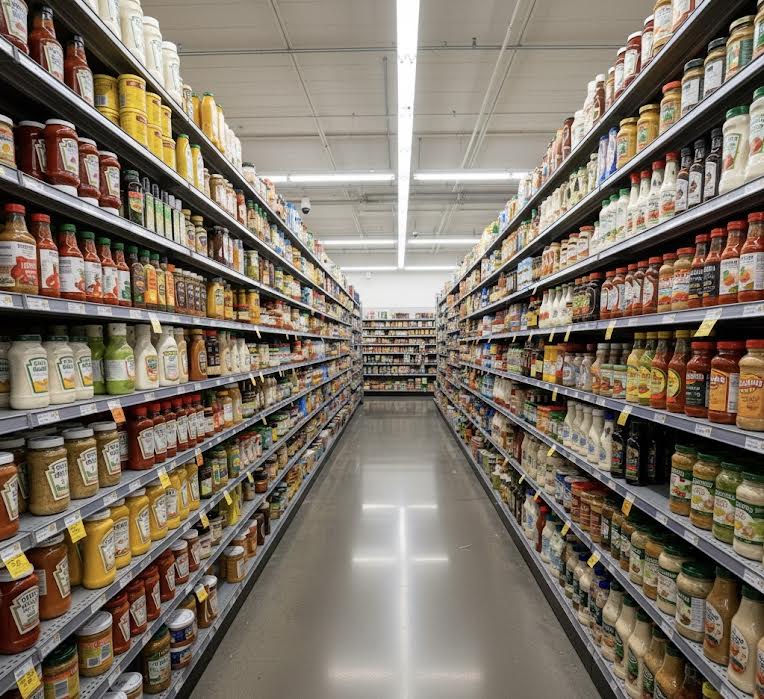Kraft Heinz: A Golden Age or a Slow Decline into Obscurity?

Kraft Heinz: A Golden Age or a Slow Decline into Obscurity?
Kraft Heinz (KHC) undeniably owns some of the most iconic and dominant brands in the global packaged foods and beverage sector. Its portfolio is a who's who of staples, including Heinz Ketchup, Kraft Mac & Cheese, Lunchables, Oscar Mayer, Kraft Singles, Philadelphia Cream Cheese, and Kool-Aid. The sheer ubiquity of these products is staggering; for decades, they have been front and center in grocery aisles and staples in commercial foodservice. Heinz Ketchup, in particular, has become virtually synonymous with the condiment itself.
From an investment standpoint, many strategies—such as the "Invest in what you know" philosophy often associated with Peter Lynch—advocate for companies whose products resonate deeply. While KHC's market penetration is irrefutable, an investor must weigh this against the perceived quality and moat of the products. My personal connection to the portfolio is limited; while I recognize its dominance, I am not convinced that a slightly cheaper or alternative-brand substitute would prevent consumers from switching. This divergence—between the company's proven market share and the potential for easy substitution—forms a central question for long-term investors.
Financial Strength and Capital Allocation
Ultimately, brand strength must be underpinned by solid financial performance. As of this writing, KHC maintains a market capitalization of approximately $30.21 billion. Analyzing its recent Free Cash Flow (FCF) reveals compelling valuation metrics: $3.02 billion in 2024, $2.96 billion in 2023, $1.55 billion in 2022, and $4.46 billion in the preceding year. This historical performance places the company's Price-to-FCF ratio at approximately 10, which is significantly below the investment threshold of 20 often viewed as attractive. Current pace suggests similar FCF generation in the first half of the current fiscal year.
KHC has demonstrated a commitment to responsible capital allocation, particularly concerning debt management. The company has executed $7.88 billion in debt repayments over the last four years, highlighted by a substantial $6.20 billion reduction in 2021. While debt reduction is commendable, share repurchases totaled only $1.99 billion during the same period, a level of activity that appears modest given the robust FCF generation. Conversely, dividend payments amounted to a substantial $7.82 billion.
From a strategic perspective, I believe a more optimal allocation strategy might involve recalibrating the large dividend—perhaps reducing it by half—to redirect capital toward accelerated debt repayment and more aggressive share repurchases. A temporary stock price dip resulting from a dividend cut could even allow for buybacks at a more favorable cost basis, potentially benefiting long-term shareholder value and reducing dilution (which, to its credit, has been minimal with under $600 million in stock-based compensation over the last four years).
Balance Sheet Risks and Opportunities
The current balance sheet shows $2.56 billion in cash and short-term investments, providing adequate operational liquidity. However, the company carries $19.3 billion in Long-Term Debt, a relatively high leverage ratio compared to its $3.0 billion annual FCF and $30.21 billion market cap.
A striking point is the stated Shareholder Equity of $41.49 billion, which significantly exceeds the current market capitalization. At current prices, this valuation appears compelling, provided two critical risks are properly assessed:
1. Goodwill and Intangible Assets: The balance sheet carries approximately $60 billion in goodwill and intangible assets. The value of these assets must be genuinely justified and not prone to future impairment or write-downs, which would severely impact equity.
2. Competitive Erosion: The dominance of KHC's legacy brands must endure against emerging, cheaper alternatives and fundamental shifts in consumer preferences that favor smaller, more health-focused brands. Net income and revenue have remained stable, but this market stability is not guaranteed.
The Looming Split
The company’s future trajectory is further complicated by the proposed plan to split KHC into two independent publicly traded entities: Global Taste Elevation Co. and North American Grocery Co. Even major investors like Warren Buffett have expressed dissatisfaction with this strategic move.
The primary financial risk is the anticipated increase in operating costs and potential degradation of the underlying financials in the resulting entities. As an investor primarily focused on the company's metrics, I view any action that increases overhead costs unfavorably. Furthermore, size often equates to negotiating leverage and shelf-space influence in the retail sector. Separating the company into smaller units could erode this leverage, potentially undermining the stability and popularity of this established brand portfolio.